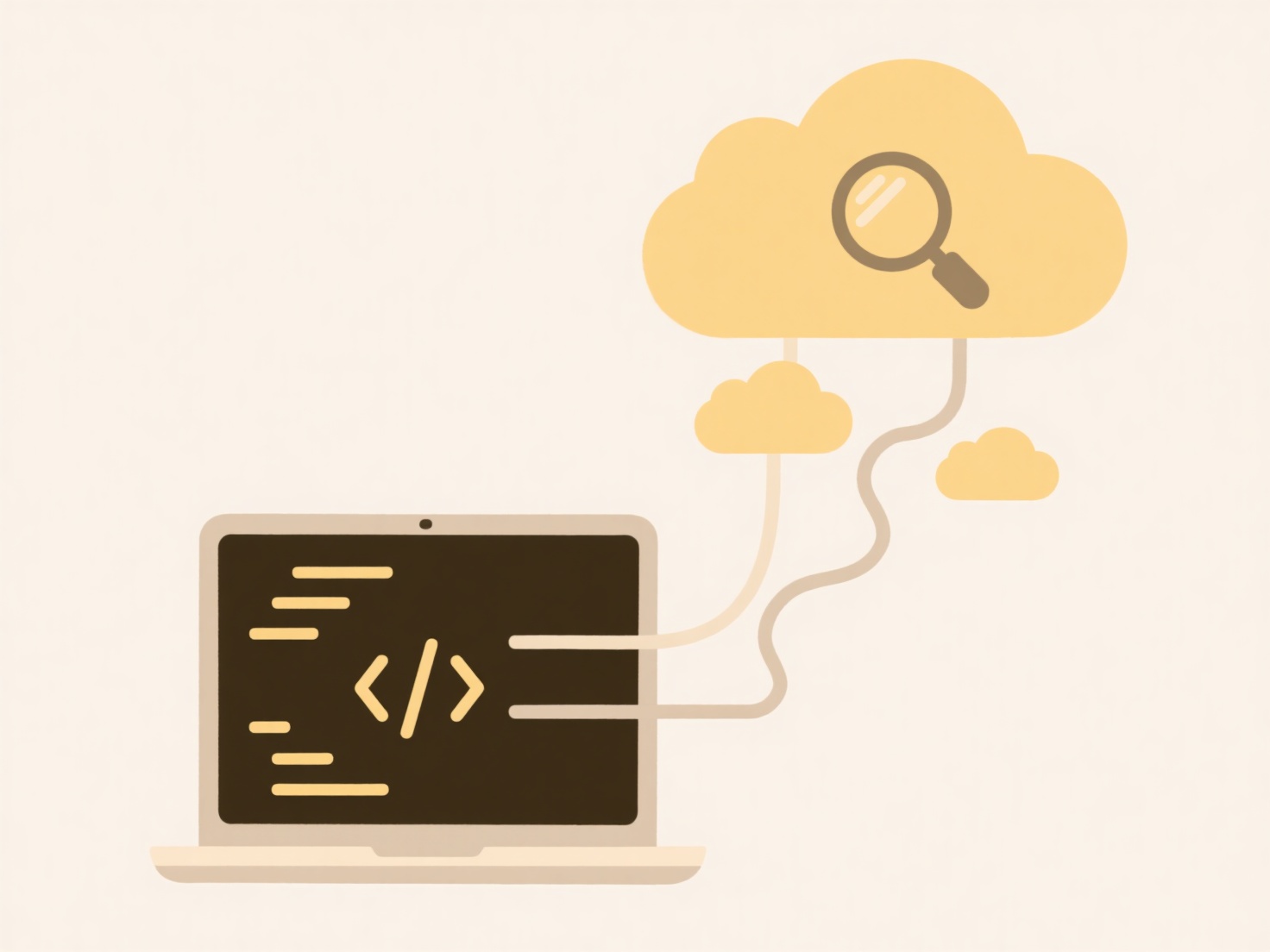
Integrating cloud sync into backup strategies involves carefully blending file synchronization services with true backup processes. Cloud sync (like Dropbox or OneDrive) continuously mirrors specific files/folders across devices, ensuring the latest version is available everywhere. While convenient, this differs fundamentally from backups, which create dedicated, separate copies often with multiple recovery points. Integrating them means recognizing sync is not a full backup; it handles active file access but lacks robust recovery from major data loss events like deletion, corruption, or ransomware. Use sync for current work accessibility and pair it with a dedicated cloud backup solution that offers versioning and immutable storage.
For example, professionals might sync their active project folders via Google Drive for immediate access across laptops and mobile devices. Simultaneously, they use a cloud backup service like Backblaze B2 or Acronis Cyber Protect to take hourly or daily snapshots of their entire machine, including those synced folders, retaining versions for weeks or months. IT departments might configure endpoint management tools to automatically sync user Documents folders to OneDrive (for easy retrieval and offloading primary storage) while enforcing enterprise backup policies to regularly protect all data, including synced locations, to robust cloud vaults or hybrid storage.

This integration offers significant advantages: synced files provide immediate recovery for minor mishaps and seamless access, while backups ensure comprehensive protection against catastrophic events and retain file histories. However, relying solely on sync as a backup is a critical limitation – synced deletions or corruptions propagate instantly. Ethical backups require separation and immutability. Future developments likely involve tighter API integrations between sync platforms and backup services for unified management and faster, more granular recovery options without sacrificing the security isolation that proper backups demand.
How do I integrate cloud sync into backup strategies?
Integrating cloud sync into backup strategies involves carefully blending file synchronization services with true backup processes. Cloud sync (like Dropbox or OneDrive) continuously mirrors specific files/folders across devices, ensuring the latest version is available everywhere. While convenient, this differs fundamentally from backups, which create dedicated, separate copies often with multiple recovery points. Integrating them means recognizing sync is not a full backup; it handles active file access but lacks robust recovery from major data loss events like deletion, corruption, or ransomware. Use sync for current work accessibility and pair it with a dedicated cloud backup solution that offers versioning and immutable storage.
For example, professionals might sync their active project folders via Google Drive for immediate access across laptops and mobile devices. Simultaneously, they use a cloud backup service like Backblaze B2 or Acronis Cyber Protect to take hourly or daily snapshots of their entire machine, including those synced folders, retaining versions for weeks or months. IT departments might configure endpoint management tools to automatically sync user Documents folders to OneDrive (for easy retrieval and offloading primary storage) while enforcing enterprise backup policies to regularly protect all data, including synced locations, to robust cloud vaults or hybrid storage.

This integration offers significant advantages: synced files provide immediate recovery for minor mishaps and seamless access, while backups ensure comprehensive protection against catastrophic events and retain file histories. However, relying solely on sync as a backup is a critical limitation – synced deletions or corruptions propagate instantly. Ethical backups require separation and immutability. Future developments likely involve tighter API integrations between sync platforms and backup services for unified management and faster, more granular recovery options without sacrificing the security isolation that proper backups demand.
Quick Article Links
How do I set file permissions for audit compliance?
File permissions control who can read, write, or execute files and directories on a system. For audit compliance, these ...
What’s the best naming convention for version control?
A version control naming convention is a standardized system for labeling software releases or file versions. It provide...
How do I rename multiple files with the same prefix?
Renaming multiple files with the same prefix involves adding consistent text to the beginning of each selected filename ...